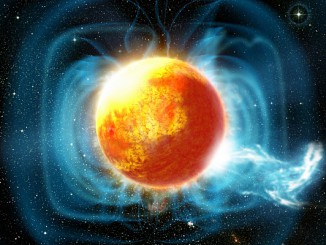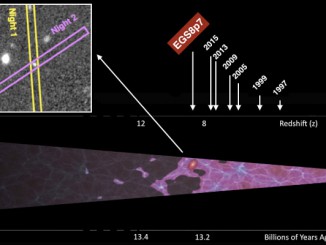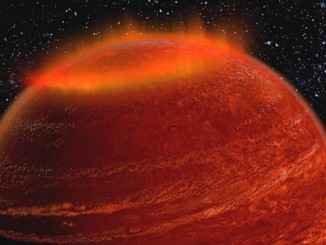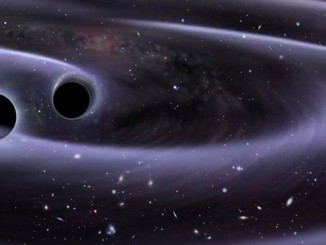
Radar images provide new details on Halloween asteroid
The highest-resolution radar images of 600 metre-wide asteroid 2015 TB145‘s safe flyby of Earth have been processed. NASA scientists used giant, Earth-based radio telescopes to bounce radar signals off the asteroid as it flew past Earth on 31 October at 17:00 UTC (~5pm GMT) at about 1.3 lunar distances (302,500 miles, or 486,800 kilometres) from Earth.









